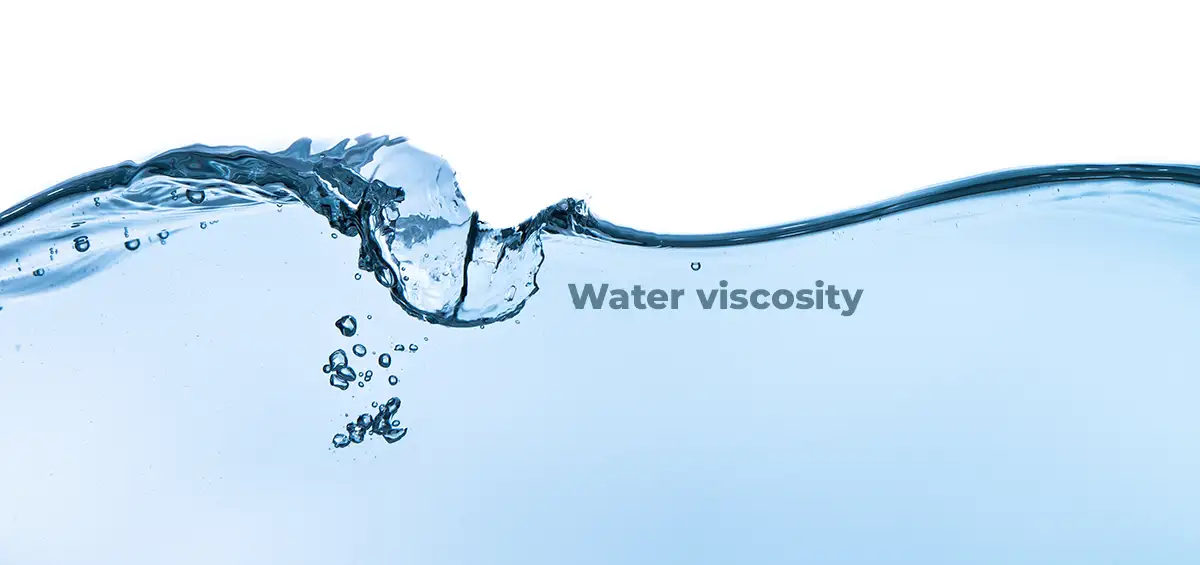The viscosity of a fluid is a measure of its internal friction, which opposes deformation and flow. When a fluid is sheared, like when it is churned or flows through a pipe, the molecules oppose the movement by sliding past one other. This resistance to movement is referred to as viscosity.
Temperature, pressure, and the presence of solutes or suspended particles in the fluid can all have an effect on viscosity. In general, fluid viscosity reduces with increasing temperature and increases with corresponding increasing pressure.
Water has a low viscosity as compared to other liquids, allowing it to flow more easily. This low viscosity is owing to the very weak intermolecular interactions between water molecules, which allow them to slide more freely past one other. Higher viscosities are seen in liquids with greater intermolecular tensions, such as honey or molasses.
Water viscosity may have a big influence on how it behaves when sprayed, such as with a nozzle or washdown gun. The size and speed of water droplets as they flow through the air are affected by viscosity. Water droplets that are excessively huge or heavy may not stay suspended in the air for long. They may collapse before reaching their intended destination. If the water droplets are too tiny, they may evaporate before reaching their destination or be swept away by the wind.
Furthermore, the viscosity of water influences its interaction with surfaces. When water droplets collide with a surface, their velocity and viscosity influence whether they stick or bounce off. Droplets bounce off the surface when the water viscosity is too low, diminishing spraying efficacy.
To improve the efficacy of water spraying, the viscosity of the water is frequently modified by adding compounds such as surfactants or thickeners. These compounds make water stickier and more prone to stick to surfaces by increasing its viscosity. The addition of these compounds, however, may influence other qualities of the water, such as its pH or chemical makeup, thus their usage must be carefully balanced with other elements.
Do you have a fluid application and need an engineer's touch? Let us know how we can help!


